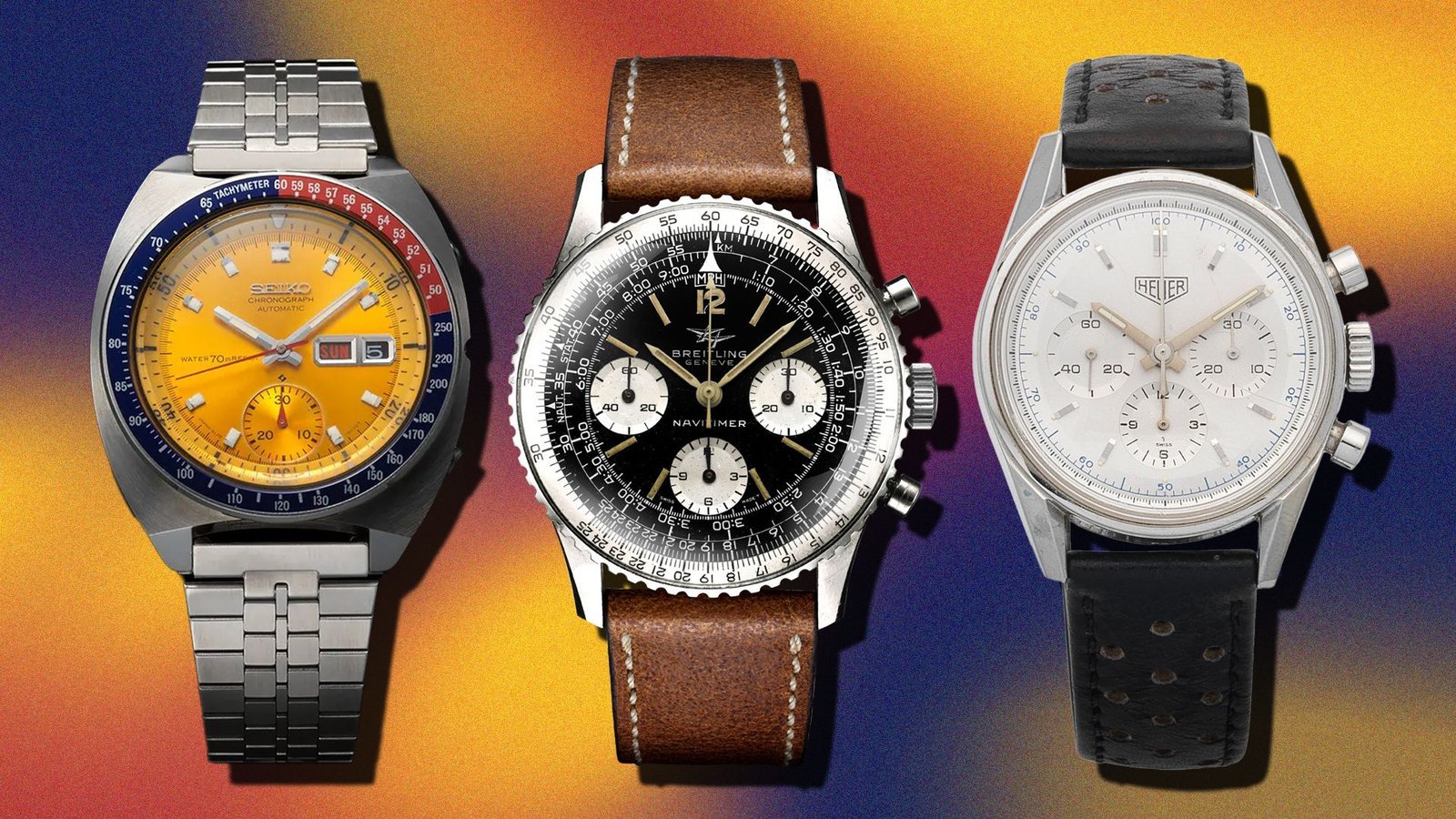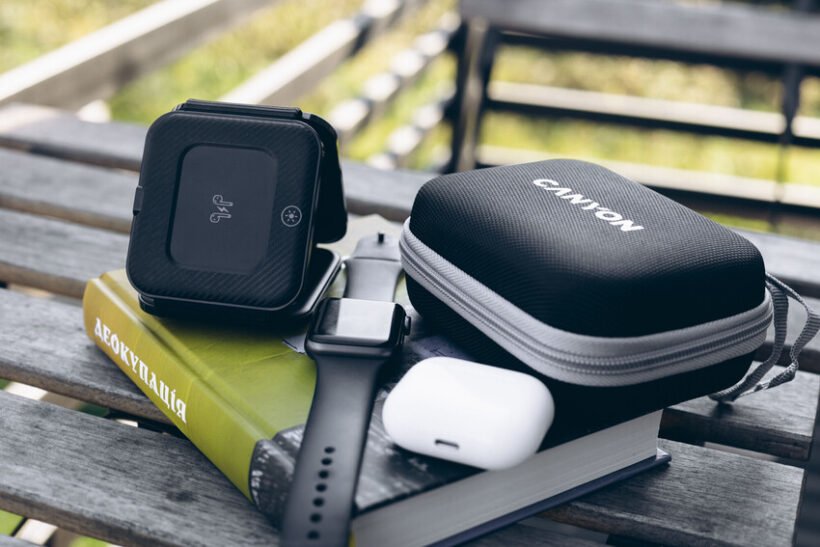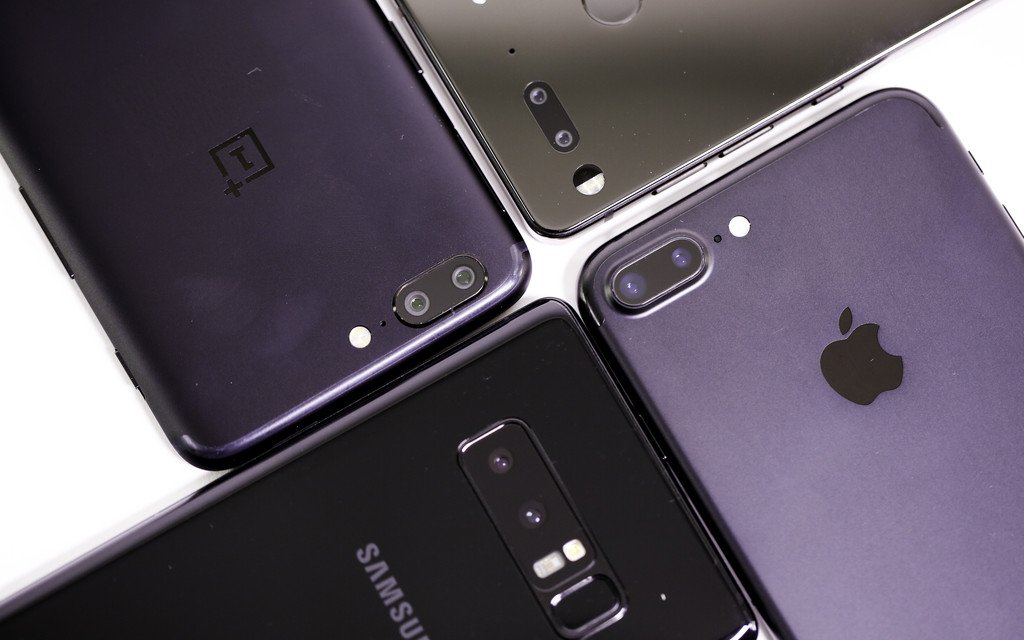Watches have always been more than just tools for telling time—they are a symbol of personal style, craftsmanship, and heritage. In 2025, the vintage watch market is booming, with collectors and everyday buyers seeking retro designs that tell stories beyond their dials. But why exactly are vintage watches making such a strong comeback? Let’s dive into the reasons behind the resurgence of retro timepieces.
What Defines a Vintage Watch?
Before understanding the trend, it’s important to define what makes a watch “vintage.”
- Typically, a watch is considered vintage if it is 20–30 years old or older.
- Some collectors classify watches made before the 1990s as true vintage.
- Key features include: classic design, mechanical movements, patina (aging marks), and unique materials no longer used in modern watchmaking.
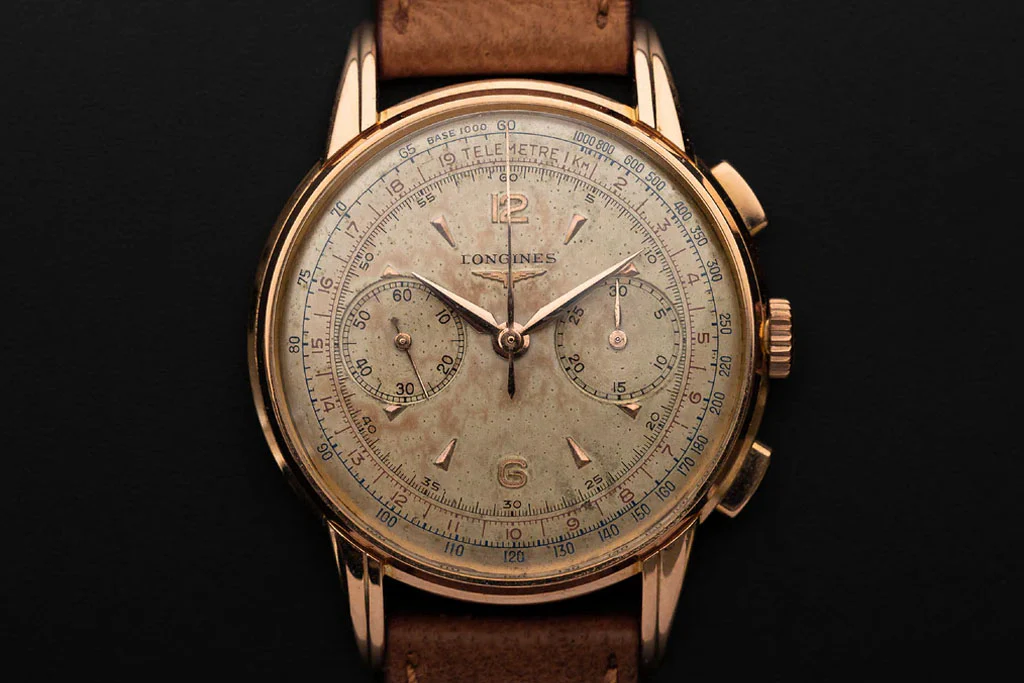
Why Are Vintage Watches Trending Again?
1. Timeless Style Meets Modern Fashion
Vintage watches have a classic charm that fits seamlessly with today’s fashion trends. Their smaller case sizes, simple dials, and elegant straps contrast with the oversized, tech-heavy smartwatches we see everywhere.
2. Rising Interest in Sustainability
In an era where sustainable fashion is more important than ever, vintage watches appeal to buyers who prefer reusing and repurposing. Buying pre-owned watches means reducing demand for new manufacturing while keeping history alive.
3. Investment Potential
Unlike many modern watches, vintage timepieces often appreciate in value over time. Iconic models from Rolex, Omega, Patek Philippe, and TAG Heuer have skyrocketed in resale value, making them not just accessories but financial assets.
4. Celebrity & Influencer Influence
From Hollywood stars to Instagram trendsetters, more public figures are showcasing vintage watches. When celebrities wear a 1960s Rolex Submariner or a 1970s Cartier Tank, demand surges.
5. The Return of Craftsmanship
Vintage watches remind buyers of a time when watchmaking was an art form. Hand-wound movements, intricate complications, and the warm glow of aged lume give them a soul that modern mass-produced pieces can’t replicate.
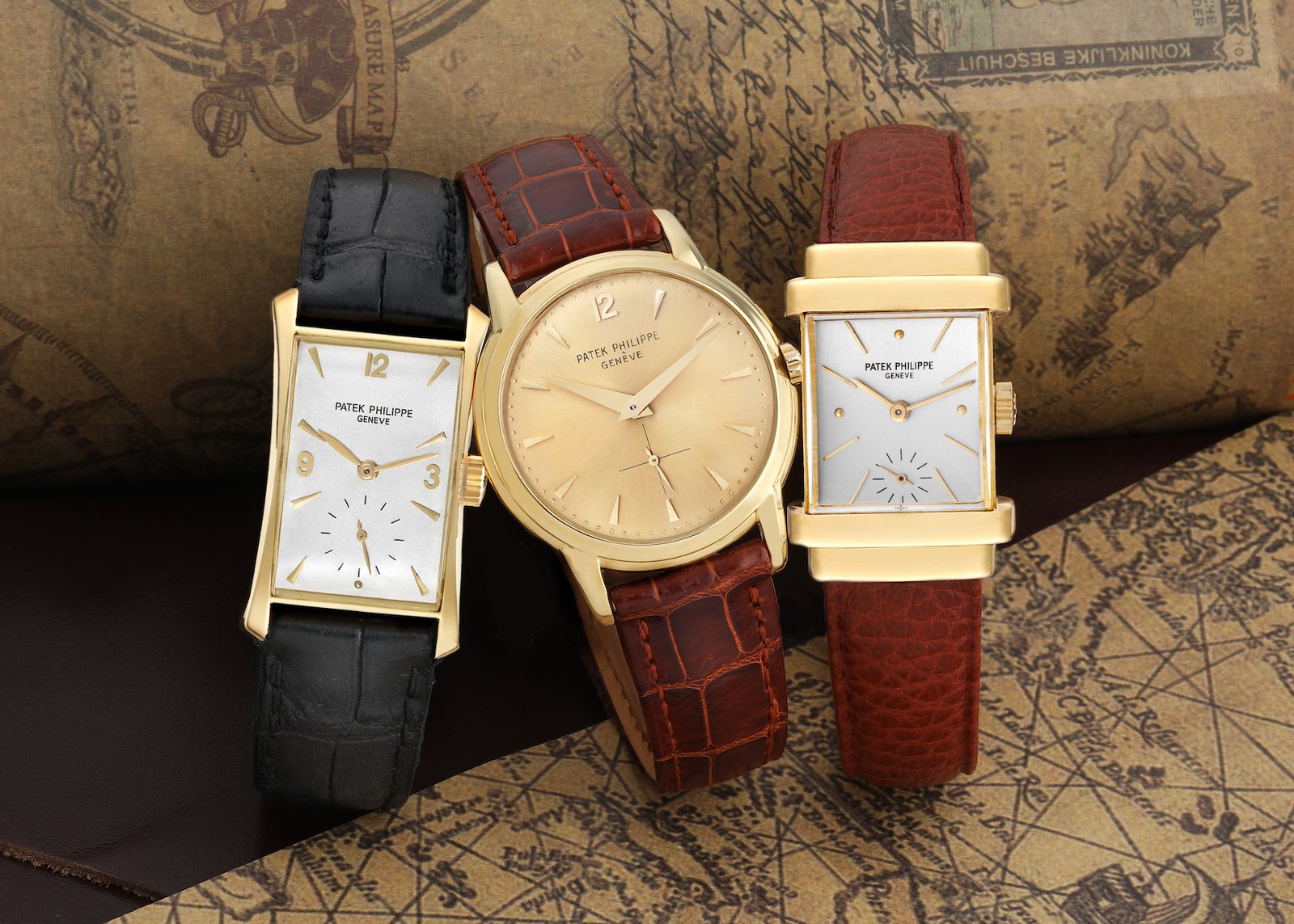
Popular Vintage Watch Models Making a Comeback
Rolex Submariner (1960s–1980s)
A diver’s watch that became an icon, beloved by collectors for its durability and style.
Omega Speedmaster (Moonwatch)
Known for being the first watch worn on the moon, the Speedmaster’s vintage editions are in high demand.
Cartier Tank
Elegant, slim, and timeless—Cartier Tank models from the 1970s are trending among both men and women.
Seiko 5 Sports
Affordable yet stylish, vintage Seiko models are accessible entry points for new collectors.
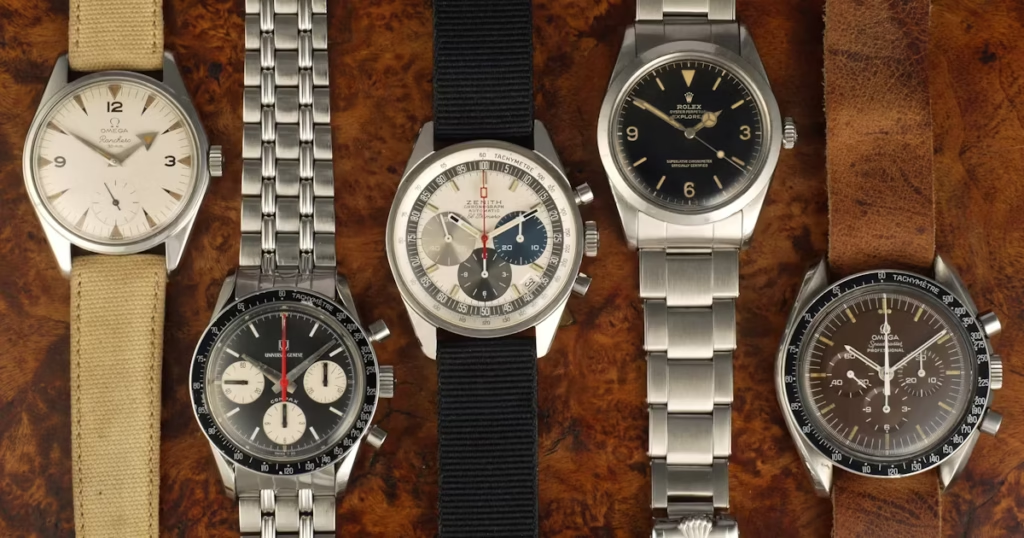
How to Start Your Vintage Watch Collection
1. Set a Budget
Vintage watches range from under $200 (for Seiko, Timex, Citizen) to tens of thousands for luxury brands. Decide your comfort zone.
2. Research Authenticity
Counterfeit vintage watches are common. Always buy from reputable dealers or request authentication papers.
3. Look for Condition & Service History
A well-maintained vintage watch with minimal polishing retains higher value. Service history adds credibility.
4. Buy What You Love
Instead of only chasing resale value, start with models you personally enjoy wearing.
The Future of Vintage Watches
The retro watch trend isn’t a passing fad—it’s part of a larger cultural movement toward nostalgia and conscious buying. As technology evolves, the appreciation for mechanical craftsmanship and classic design will only grow stronger. Expect the market for vintage and reissued models to continue expanding in the coming years.
FAQs About Vintage Watches
Q1: Are vintage watches worth buying as an investment?
Yes, many vintage watches appreciate in value, especially from luxury brands like Rolex, Patek Philippe, and Omega. However, the market can fluctuate—so research and buy wisely.
Q2: How do I know if a vintage watch is authentic?
Check for original papers, serial numbers, and purchase only from trusted dealers. Online marketplaces should be approached with caution.
Q3: Can vintage watches still be serviced?
Yes. Many watchmakers specialize in vintage repairs, but parts availability can be limited for older models.
Q4: Are vintage watches more fragile than modern ones?
In most cases, yes. Vintage watches often lack the water resistance and shock resistance of modern models, so they require careful handling.
Q5: Where can I buy vintage watches safely?
Reputable options include:
- Authorized pre-owned dealers
- Auction houses (Sotheby’s, Christie’s)
- Specialty online retailers (Chrono24, WatchBox, Hodinkee Shop)
Q6: What’s the difference between vintage and retro watches?
A vintage watch is an original old timepiece. A retro watch is a modern reissue or design inspired by vintage styles.
Q7: Are vintage watches cheaper than new ones?
Not always. Some vintage models are more affordable (like Seiko), while rare luxury pieces can cost far more than modern equivalents.
Conclusion
The rise of vintage watches reflects a shift in values—people today want style, history, and sustainability in their accessories. Whether you’re a seasoned collector or a first-time buyer, investing in a vintage watch means owning a piece of timeless craftsmanship that never goes out of style.

